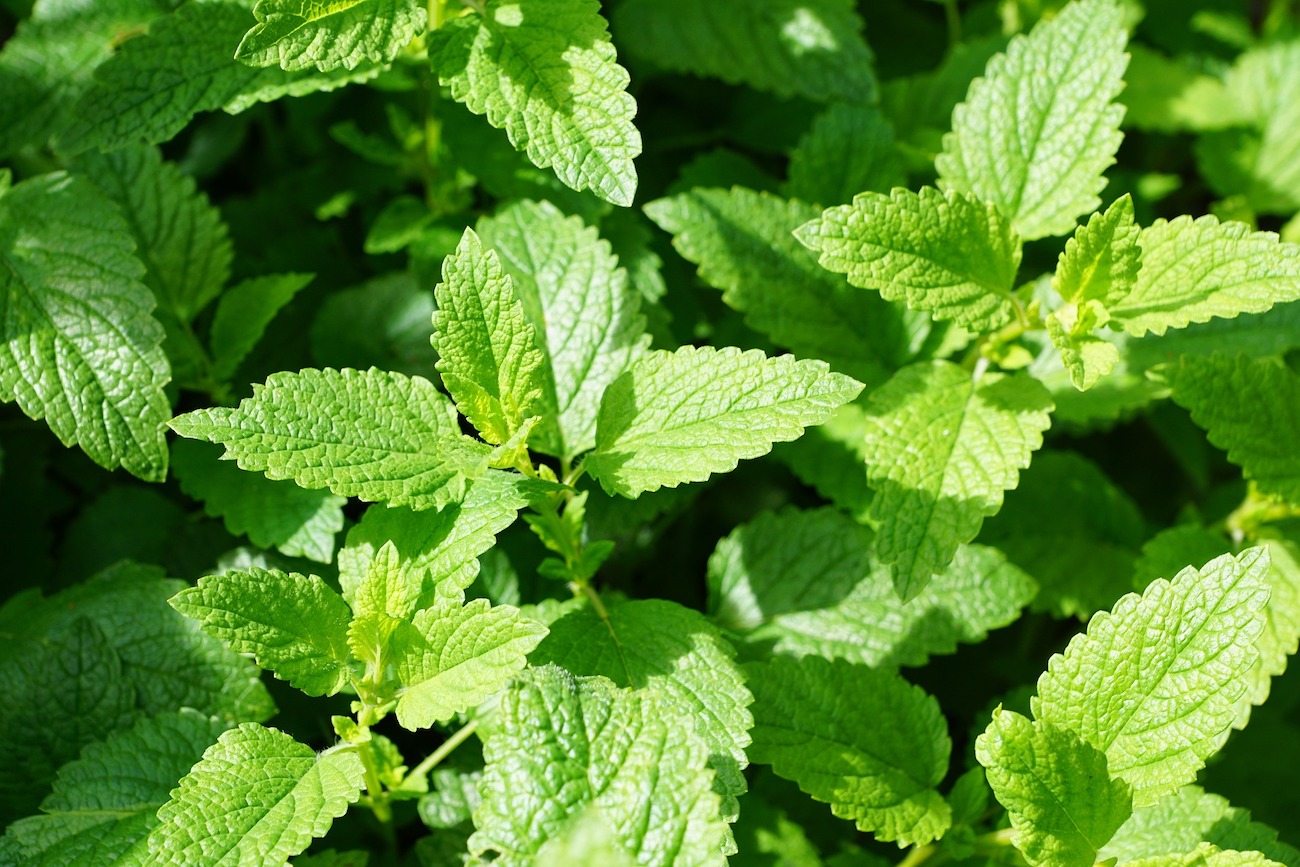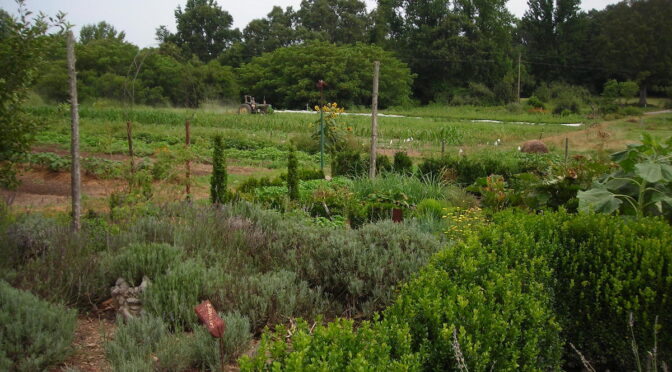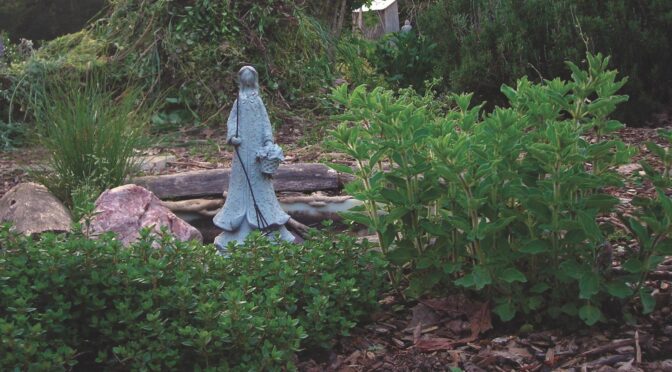Spring is an exciting time! It’s easy to get caught up in the rush of starting annuals, building new gardens, and adding new plants to our spaces. It’s also important to remember to care for our existing gardens. Spring is an excellent time to look at and refresh our kitchen herb or medicinal herb gardens.
Tidy Beds
While it was once common practice to tidy herb garden beds in the fall, many of us now hold off on this chore. Various pollinators and beneficial insects use our gardens’ dead leaves and plant materials as winter habitats. Insects like solitary bees, butterflies, and predatory beetles depend on these materials to overwinter or as a place for their eggs or pupae.
It’s best to wait until temperatures are consistently above 50°F to do your cleanup to help support these garden helpers. Then you can remove any dead material and trim perennials like lemon balm.
It’s also an excellent time to go through and pull any early weeds before they get a chance to take hold. A stirrup hoe can be a handy and quick way to remove small weeds.
Add Compost to Your Herb Garden
Compost improves your soil by adding nutrients and structure. Adding compost can help heavy soils drain better and help sandy soil to hold more moisture. For most gardens, adding 2 to 3 inches of finished compost is a good idea once you have everything tidied up. This will allow you to get new annuals off to a good start and give perennials essential nutrients to put on good spring growth.
It’s important to know your plants. Some herbs, especially those from the Mediterranean, like lavender and rosemary, don’t generally need or enjoy rich soil. Around these types of plants, you may only need to add compost every couple of years.
Compost should be spread on top and gently raked in. Be sure not to disturb the roots of perennials or cover their crowns with compost.
 Divide Perennial Herbs
Divide Perennial Herbs
Early spring is an ideal time to divide many perennials. Spreading herbs like hyssop are good candidates for this. Take a sharp shovel and cut a clump in half or smaller sections. Try to damage the roots of each section as little as possible. Fill in around any section you leave with compost or good soil.
Dividing is easy but is a lot like transplanting annuals. There are a few essential steps to make sure your plants thrive. The first step is to stress your plants as little as possible. Avoid sunny days and transplant on cool, overcast days if possible. Transplant them into loose soil and add compost if needed. After transplanting, water your plants thoroughly and keep them moist while they get established.
You may also need to move plants to rearrange your garden or those that have self-seeded in less-than-ideal spots. Moving plants is very similar to dividing. You want to use a sharp shovel or trowel and try to get all the roots and disturb them as little as possible.
Your divided or moved plants may wilt initially but will quickly recover if you’ve followed these steps.
Mulch Your Herb Garden
We use mulch in all of our gardens, and it has many benefits. Mulch can help suppress weeds, keep the soil moist, and add organic matter as it breaks down. You can use whatever type of mulch you wish, but it’s best to avoid using dyed ones, especially around edible plants.
Generally, you want your mulch to be about 2 inches thick, but some find 3 inches works better with coarser material. Don’t use too much mulch, as it can block air from the soil. Avoid putting mulch directly over the crowns of plants, as this can prevent new growth and cause crown rot in some species.
Carefully Plan Any Changes and Additions
While completing your spring chores, taking stock and making a plan is a good idea. Did all of your perennials make it through the winter? What annuals did you enjoy most last year, and which did the best? What herbs did you run out of this winter?
Careful consideration can help you maximize your gardening efforts this season. When adding new beds, drawing them out on paper is a great idea. You can also use stakes and string to mark out their location.
Spring is fun, but we must remember essential maintenance. Completing these five tasks can help ensure you have a beautiful herb garden this summer.



